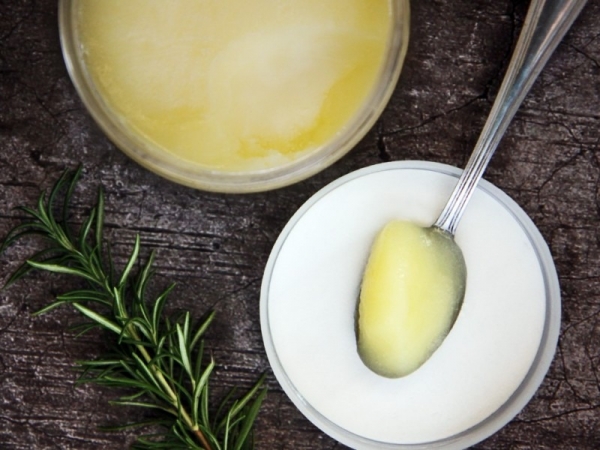Duck Dripping

Duck fat is an old time cooking staple in Southwest France and a secret ingredient of chefs use worldwide. Incredibly tasty with a silky mouth-feel, duck fat enhances anything it is used to cook with. The great thing about rendering your own duck fat is that you end up with a batch of cracklings—delicious to snack on, sprinkled with salt.
In this recipe we will provide two ways to render and drip fat from a duck
► Dripping from a Duck, or Goose
What about dripping? Dripping has been used for centuries and is the fat collected from a duck, goose or chicken. The quality of the fat is dependent upon what the bird has eaten. Dripping collected from poultry produces a very tasty flavour to roasted vegetables. For this reason, this is my favourite fat to cook with.
Did you know?: Duck fat remains stable during cooking and also preserves it’s flavor.
Here are the Essential and allowable GAPS FATS for cooking
Lard, Tallow and Dripping: These fats are fully saturated fats that do not alter their chemical structure when heated. These fats are very stable and good for frying.
Coconut Oil: Select Organic Cold Pressed Extra Virgin Coconut Oil. Coconut oil contains largely saturated fats and does not change its chemical structure when heated. It is important to buy good quality coconut oil to avoid those that have been hydrogenated. It is recommended you acquaint yourself with the benefits of coconut oil and use it generously in your baking. This fat is good for baking cakes and sweets rather than roasting meats and vegetables – best to leave that to the animal fats.
FATS for Salads and Meals
Olive Oil: Select Organic Cold Pressed Extra Virgin Olive Oil. Use daily, drizzled over your meals but do not cook with it as it will change its chemical structure and damage the important minor components. This oil is delicious over salad with a good squeeze of lemon. Getting into the habit in using these oils will supplement your diet well with essential fatty acids and reduce the work load on the liver.

| Prep Time | 15-20 Minutes |
| Cook Time | 1-2 Hours |
| Servings |
Cup
|
- 1 Skin and Fat from whole duck Alternatives: Goose or chicken - avoid tail and neck areas
Ingredients
|

|
- From one whole organic duck, remove the fat and skin and set aside. The duck meat and bones can be frozen and used in a later recipe. Alternatively you can ask your butcher for duck or chicken skins.
- Preheat the oven to 180 degrees Celsius and bake your duck fat on top of the dripping rack with the oven pan placed beneath to catch all the fat dripping.
- When all the fat is cooked in approximately two hours, remove from the heat and allow to cool a little before filtering through a stainless steel strainer. Discard the fat and pour the dripping into heat tempered glass jars like the ball mason wide mouthed jars - see link for supplies below. Be careful not to pour into regular glass jars to avoid the risk of breakage.
- From one whole organic duck, remove the fat and skin and set aside. The duck meat and bones can be frozen and used in a later recipe. Alternatively you can ask your butcher for duck or chicken skins.
- Cut skin and fat into medium pieces and put into a medium heavy-bottomed pot. Add ½ cup water and simmer over medium heat until water evaporates and skin pieces are crisp and have released all their fat, about 1 hour.
- Remove from the heat and allow to cool a little before filtering through a stainless steel strainer. Discard the fat and pour the dripping into heat tempered glass jars like the ball mason wide mouthed jars - see link for supplies below. Be careful not to pour into regular glass jars to avoid the risk of breakage.
Storage: Store in Ball mason wide mouthed freezer safe jars. These are heat tempered and will not crack when you pour the lard into them.
This fat can also be made using chicken skins: just ask your butcher for a bag of chicken skins. This can also be rendered on a low heat in a slow cooker whilst also producing tasty crunchy chicken skins for snacks. Kids love em.


